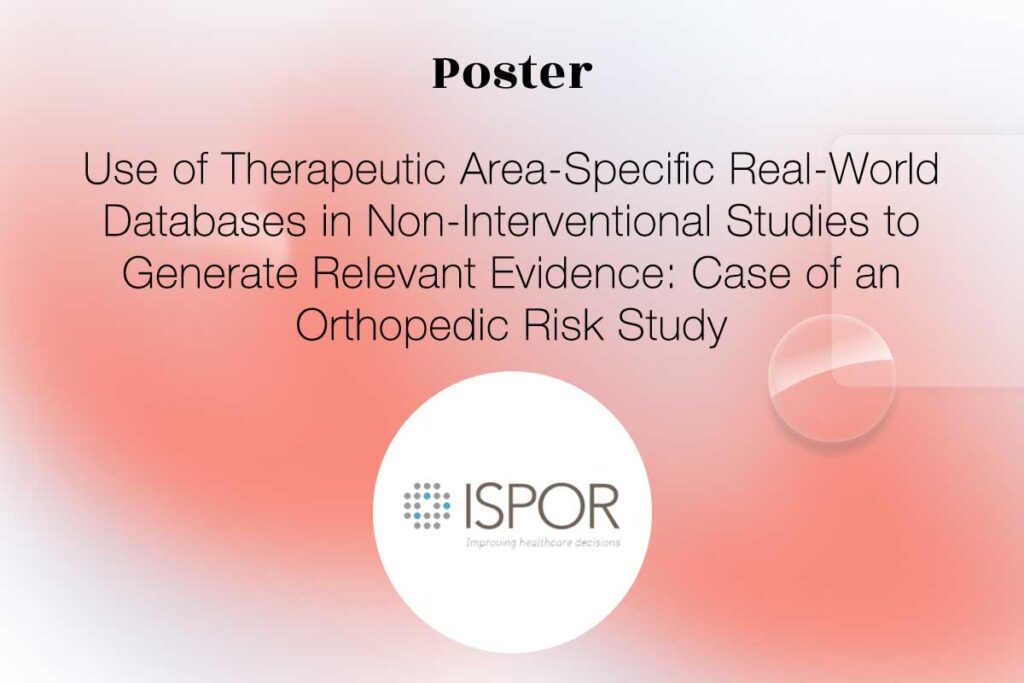Publisher: Orphanet Journal of Rare Diseases
Authors: A. Wilson, A. Chiorean, M. Aguiar, D. Sekulic, P. Pavlick, N. Shah,
L. Sniderman King, M. Génin, M. Rollot, M. Blanchon, S. Gosset,
M. Montmerle, C. Molony, A. Dumitriu
Date: 09 September 2023
Abstract
Background
Early diagnosis of Gaucher disease (GD) allows for disease-specific treatment before significant symptoms arise, preventing/delaying onset of complications. Yet, many endure years-long diagnostic odysseys. We report the development of a machine learning algorithm to identify patients with GD from electronic health records.
Methods
We utilized Optum’s de-identified Integrated Claims-Clinical dataset (2007–2019) for feature engineering and algorithm training/testing, based on clinical characteristics of GD. Two algorithms were selected: one based on age of feature occurrence (age-based), and one based on occurrence of features (prevalence-based). Performance was compared with an adaptation of the available clinical diagnostic algorithm for identifying patients with diagnosed GD. Undiagnosed patients highly-ranked by the algorithms were compared with diagnosed GD patients.
Results
Splenomegaly was the most important predictor for diagnosed GD with both algorithms, followed by geographical location (northeast USA), thrombocytopenia, osteonecrosis, bone density disorders, and bone pain. Overall, 1204 and 2862 patients, respectively, would need to be assessed with the age- and prevalence-based algorithms, compared with 20,743 with the clinical diagnostic algorithm, to identify 28 patients with diagnosed GD in the integrated dataset. Undiagnosed patients highly-ranked by the algorithms had similar clinical manifestations as diagnosed GD patients.
Conclusion
The age-based algorithm identified younger patients, while the prevalence-based identified patients with advanced clinical manifestations. Their combined use better captures GD heterogeneity. The two algorithms were about 10–20-fold more efficient at identifying GD patients than the clinical diagnostic algorithm. Application of these algorithms could shorten diagnostic delay by identifying undiagnosed GD patients.








